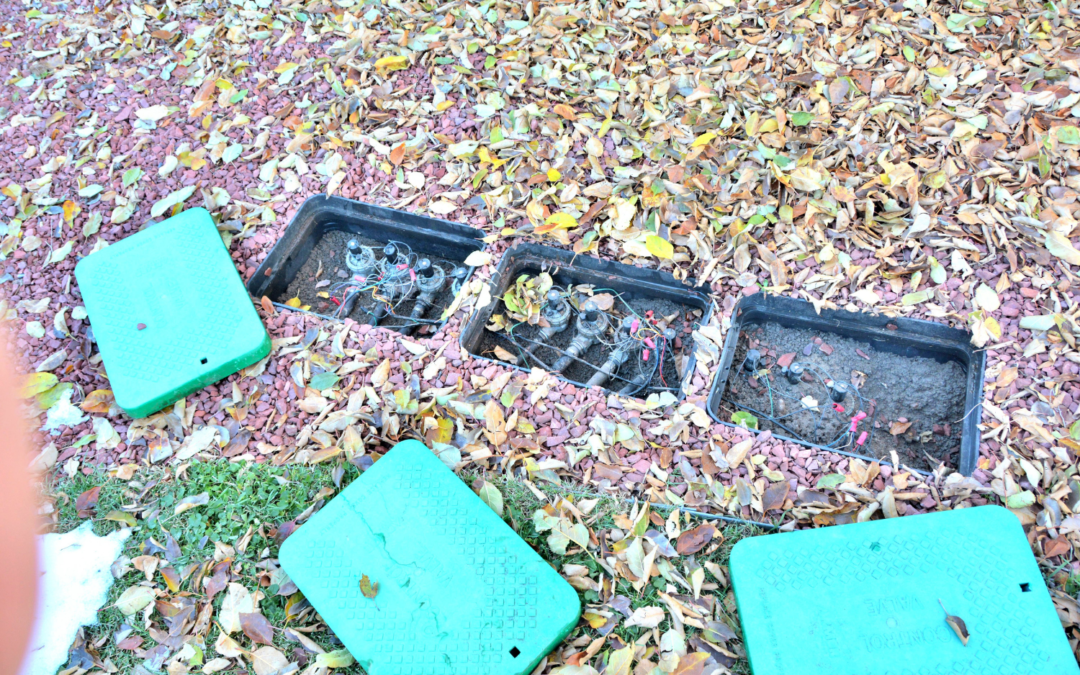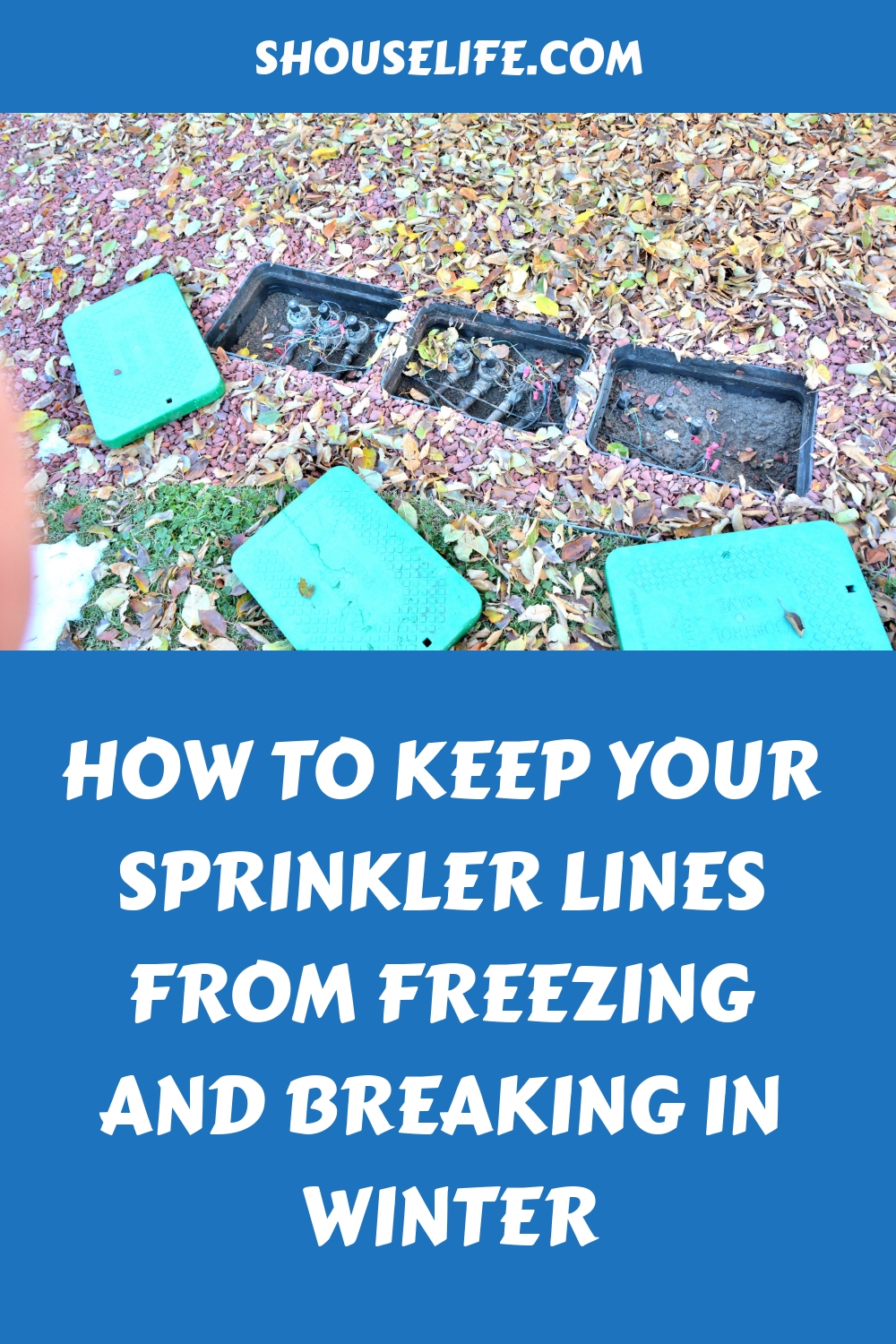Anyone who has a sprinkler system can attest that winterizing it is not something that should be taken lightly. Sprinkler systems cost a lot of money and can be difficult to fix if a problem does occur. Getting a sprinkler system ready for the winter so that the sprinkler lines will not freeze and break over the cold months is something that every homeowner needs to do. This article will explain how to keep sprinkler lines from freezing and breaking during the winter.
Contents
Getting the sprinkler system ready for winter
For a person to get their sprinkler lines ready for winter and to prevent the freezing and breaking of the pipes during the cold months there is one very important thing they need to do. To winterize the sprinkler lines a person needs to remove the water from the sprinkler heads, pipes, and valves before freezing occurs. Removing the water from the sprinkler lines is one of the best ways to protect an irrigation system from the serious damage that can occur each winter.
How to remove the water from the sprinkler system
There is actually more than one way to remove the water from the sprinkler system. A person can use the method which uses compressed air to blow out the water, or they could use an automatic drain valve, or the manual drain valve method to remove the water from their sprinkler system. The type of method a person uses to protect their sprinkler lines from freezing and breaking during the winter will depend on their particular sprinkler system.
Compressed air method
This method of winterization used compressed air to get the water out of the mainline of the sprinkler system. It also takes the water out of the lateral pipes, sprinkler heads, and sprinkler control values. People can hire others to perform this task for them and it does not always cost too much money.
To use the compressed air method as the way of protecting the sprinkler system from freezing and breaking in the winter a person should first close off the mainline sprinkler valve. Then they should relieve the water pressure. Next, they should attach the hose to the blow-out adapter and set the pressure valve to 50 lbs per square inch.
The person winterizing their sprinkler system should remember never to exceed 50 lbs per square inch and they should never blow into any of the sprinkler circuits for more than two minutes at a time. There is a difference between the manual and the electrical remote control valves and a person should proceed with the correct winterization procedure depending on which type of sprinkler line they have.
Automatic drain valve
An automatic drain valve is a device that is spring-loaded and is on the sprinkler heads or on the lateral pipes. Each drain valve opens when the sprinkler system is turned off and then it drains the water from each pipe. Even if a person has automatic drain valves, they need to use the manual method to winterize the main sprinkler line since they should never install an automatic drain value on the sprinkler system mainline.
Since the automatic drain valves are made to remove water each time that the sprinkler system is turned off, a person does not have to do much in the way of winterization. However, they should check for any puddles that may be at the surface near the sprinkler heads. This could mean that the automatic drain valve is not working properly which would mean the sprinkler line could freeze and break in the winter.
Manual drain valve
To use the manual drain valve method a person should make sure that they have the right sprinkler system to do so. To use this method a person should first shut off their sprinkler system at the mainline shut-off valve. Then they should open on the control valves of the sprinkler system. This will relieve the pressure that is on the mainline sprinkler system. Next, the person should slowly open the manual drain valve. They should repeat this for each of the manual drain valves that are on their sprinkler system.
Since this method uses gravity any water captured inside the actual valves will remain there unless the valves are disassembled. Also, a person should leave the manual valves open during the winter so that repressurization will not occur.



